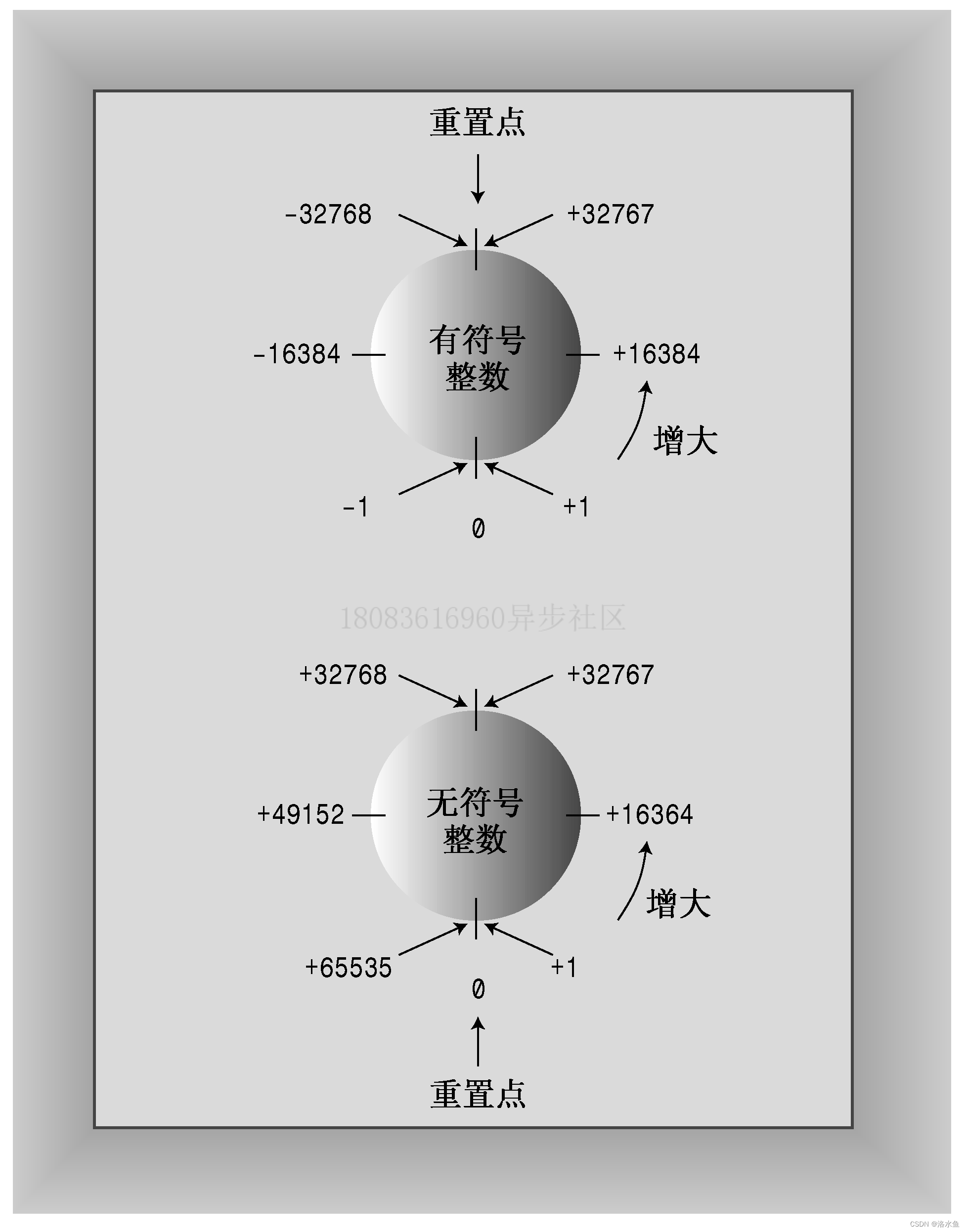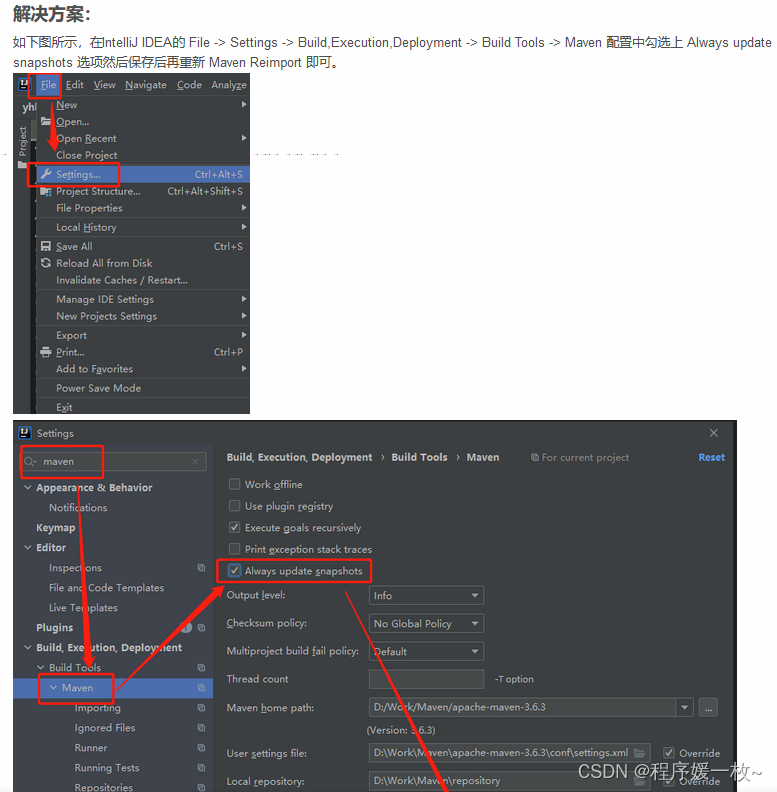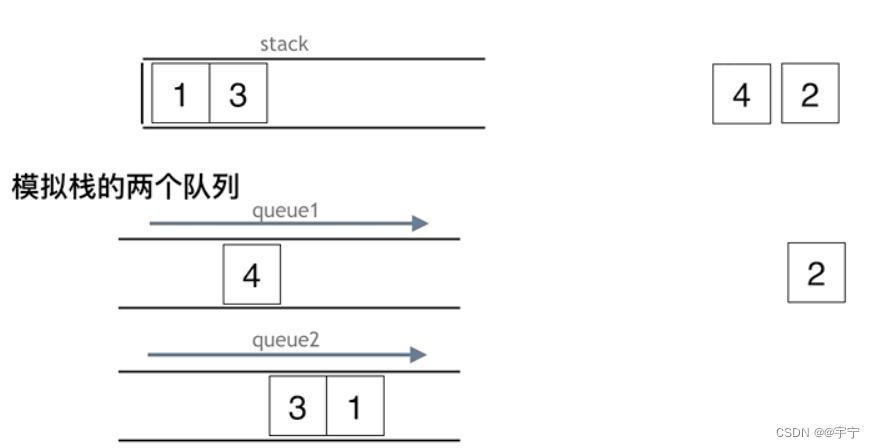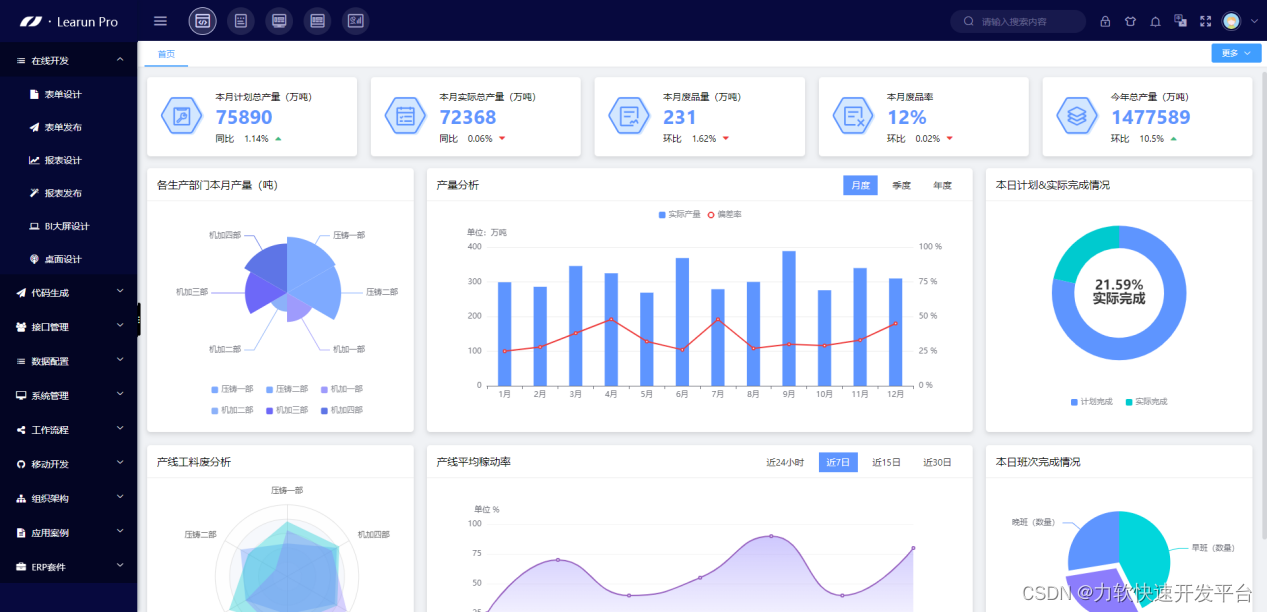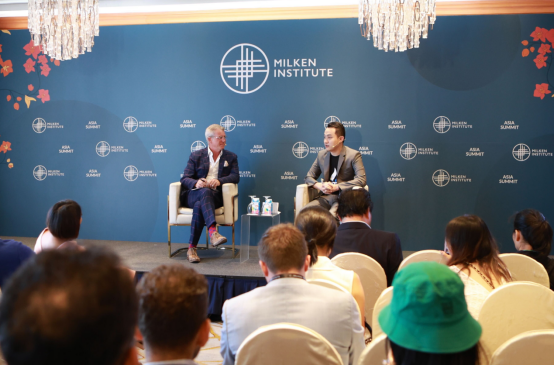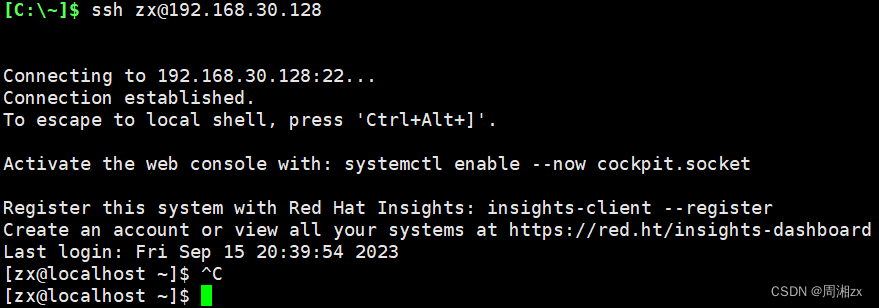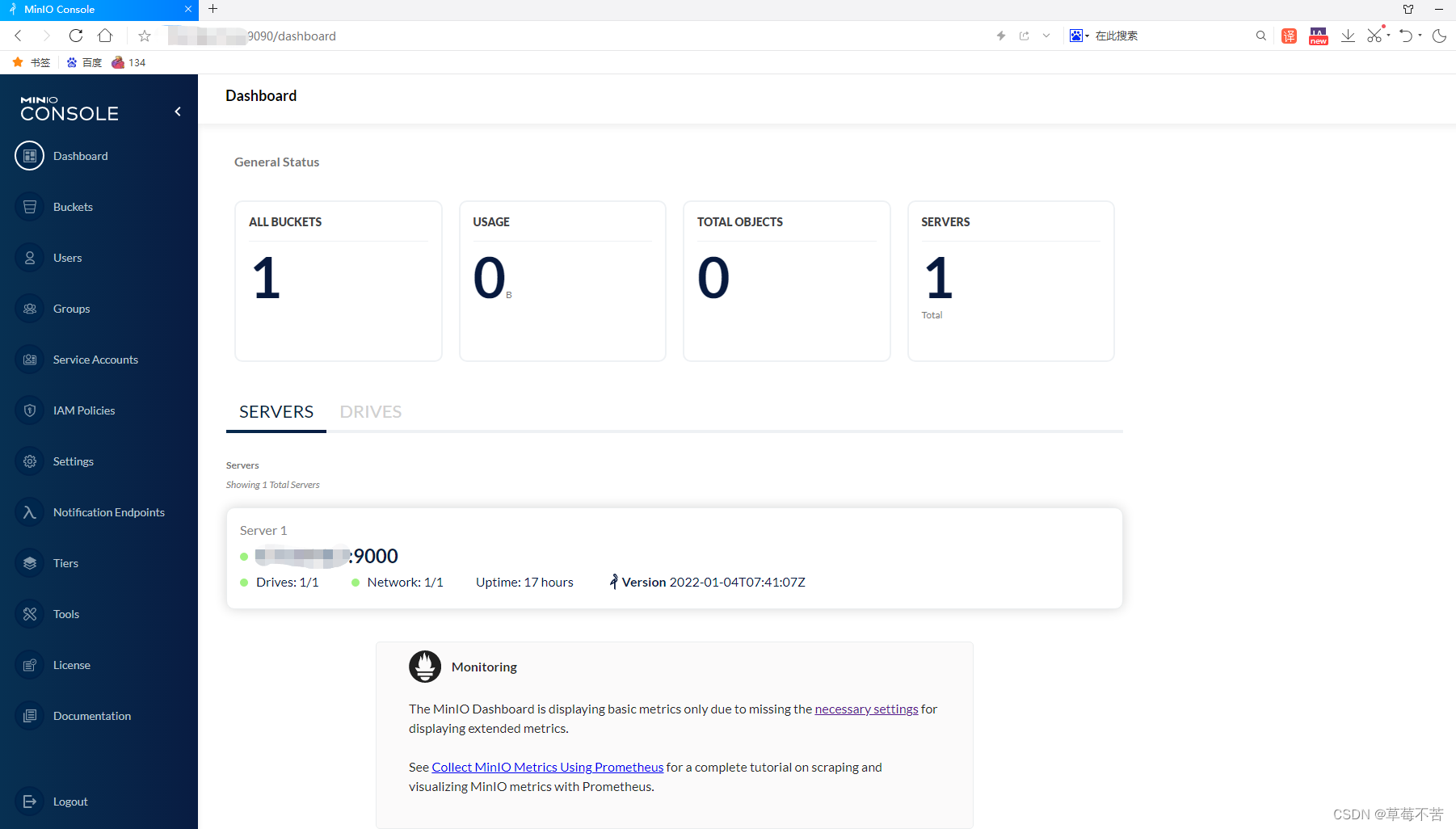若该文为原创文章,转载请注明原文出处。
一、CPU版本DEMO测试
1、创建一个新的虚拟环境
conda create -n course_torch_openvino python=3.82、激活环境
conda activate course_torch_openvino3、安装pytorch cpu版本
pip install torch torchvision torchaudio -i https://pypi.tuna.tsinghua.edu.cn/simple
4、安装
使用的是yolov5-5版本,github上下载。
pip install -r requirements.txt -i https://pypi.tuna.tsinghua.edu.cn/simple
5、运行demo
python demo.py完整代码
import cv2
import numpy as np
import torch
import time
# model = torch.hub.load('./yolov5', 'custom', path='./weights/ppe_yolo_n.pt',source='local') # local repo
model = torch.hub.load('./yolov5', 'custom', 'weights/poker_n.pt',source='local')
model.conf = 0.4
cap = cv2.VideoCapture(0)
fps_time = time.time()
while True:
ret,frame = cap.read()
frame = cv2.flip(frame,1)
img_cvt = cv2.cvtColor(frame,cv2.COLOR_BGR2RGB)
# Inference
results = model(img_cvt)
result_np = results.pandas().xyxy[0].to_numpy()
for box in result_np:
l,t,r,b = box[:4].astype('int')
cv2.rectangle(frame,(l,t),(r,b),(0,255,0),5)
cv2.putText(frame,str(box[-1]),(l,t-20),cv2.FONT_ITALIC,1,(0,255,0),2)
now = time.time()
fps_text = 1/(now - fps_time)
fps_time = now
cv2.putText(frame,str(round(fps_text,2)),(50,50),cv2.FONT_ITALIC,1,(0,255,0),2)
cv2.imshow('demo',frame)
if cv2.waitKey(10) & 0xFF == ord('q'):
break
cap.release()
cv2.destroyAllWindows()运行正常
二、YOLOV5转换成openvino
1、安装onnx
pip install onnx==1.11.0
2、修改文件
修改export.py 的第121行,修改成
opset_version=103、导出onnx
使用训练好的best.pt文件,把best.pt转成onnx文件
转换命令为:
python export.py --weights ../weights/best.pt --img 640 --batch 14、转成openvino
转换前先安装环境
pip install openvino-dev[onnx]==2021.4.0
pip install openvino==2021.4.0
验证一下,输入mo -h
![]()
接下来转换模型,使用下面命令导出模型
mo --input_model weights/best.onnx --model_name weights/ir_model -s 255 --reverse_input_channels --output Conv_294,Conv_245,Conv_196会生成3个文件, ir_model.xml就是要用的文件。

5、运行
python yolov5_demo.py -i cam -m weights/ir_model.xml -d CPU代码:
import logging
import os
import sys
from argparse import ArgumentParser, SUPPRESS
from math import exp as exp
from time import time,sleep
import numpy as np
import cv2
from openvino.inference_engine import IENetwork, IECore
logging.basicConfig(format="[ %(levelname)s ] %(message)s", level=logging.INFO, stream=sys.stdout)
log = logging.getLogger()
def build_argparser():
parser = ArgumentParser(add_help=False)
args = parser.add_argument_group('Options')
args.add_argument('-h', '--help', action='help', default=SUPPRESS, help='Show this help message and exit.')
args.add_argument("-m", "--model", help="Required. Path to an .xml file with a trained model.",
required=True, type=str)
args.add_argument("-i", "--input", help="Required. Path to an image/video file. (Specify 'cam' to work with "
"camera)", required=True, type=str)
args.add_argument("-l", "--cpu_extension",
help="Optional. Required for CPU custom layers. Absolute path to a shared library with "
"the kernels implementations.", type=str, default=None)
args.add_argument("-d", "--device",
help="Optional. Specify the target device to infer on; CPU, GPU, FPGA, HDDL or MYRIAD is"
" acceptable. The sample will look for a suitable plugin for device specified. "
"Default value is CPU", default="CPU", type=str)
args.add_argument("-t", "--prob_threshold", help="Optional. Probability threshold for detections filtering",
default=0.5, type=float)
args.add_argument("-iout", "--iou_threshold", help="Optional. Intersection over union threshold for overlapping "
"detections filtering", default=0.4, type=float)
return parser
class YoloParams:
# ------------------------------------------- Extracting layer parameters ------------------------------------------
# Magic numbers are copied from yolo samples
def __init__(self, side):
self.num = 3 #if 'num' not in param else int(param['num'])
self.coords = 4 #if 'coords' not in param else int(param['coords'])
self.classes = 80 #if 'classes' not in param else int(param['classes'])
self.side = side
self.anchors = [10.0, 13.0, 16.0, 30.0, 33.0, 23.0, 30.0, 61.0, 62.0, 45.0, 59.0, 119.0, 116.0, 90.0, 156.0,198.0,373.0, 326.0] #if 'anchors' not in param else [float(a) for a in param['anchors'].split(',')]
def letterbox(img, size=(640, 640), color=(114, 114, 114), auto=True, scaleFill=False, scaleup=True):
# Resize image to a 32-pixel-multiple rectangle https://github.com/ultralytics/yolov3/issues/232
shape = img.shape[:2] # current shape [height, width]
w, h = size
# Scale ratio (new / old)
r = min(h / shape[0], w / shape[1])
if not scaleup: # only scale down, do not scale up (for better test mAP)
r = min(r, 1.0)
# Compute padding
ratio = r, r # width, height ratios
new_unpad = int(round(shape[1] * r)), int(round(shape[0] * r))
dw, dh = w - new_unpad[0], h - new_unpad[1] # wh padding
if auto: # minimum rectangle
dw, dh = np.mod(dw, 64), np.mod(dh, 64) # wh padding
elif scaleFill: # stretch
dw, dh = 0.0, 0.0
new_unpad = (w, h)
ratio = w / shape[1], h / shape[0] # width, height ratios
dw /= 2 # divide padding into 2 sides
dh /= 2
if shape[::-1] != new_unpad: # resize
img = cv2.resize(img, new_unpad, interpolation=cv2.INTER_LINEAR)
top, bottom = int(round(dh - 0.1)), int(round(dh + 0.1))
left, right = int(round(dw - 0.1)), int(round(dw + 0.1))
img = cv2.copyMakeBorder(img, top, bottom, left, right, cv2.BORDER_CONSTANT, value=color) # add border
top2, bottom2, left2, right2 = 0, 0, 0, 0
if img.shape[0] != h:
top2 = (h - img.shape[0])//2
bottom2 = top2
img = cv2.copyMakeBorder(img, top2, bottom2, left2, right2, cv2.BORDER_CONSTANT, value=color) # add border
elif img.shape[1] != w:
left2 = (w - img.shape[1])//2
right2 = left2
img = cv2.copyMakeBorder(img, top2, bottom2, left2, right2, cv2.BORDER_CONSTANT, value=color) # add border
return img
def scale_bbox(x, y, height, width, class_id, confidence, im_h, im_w, resized_im_h=640, resized_im_w=640):
gain = min(resized_im_w / im_w, resized_im_h / im_h) # gain = old / new
pad = (resized_im_w - im_w * gain) / 2, (resized_im_h - im_h * gain) / 2 # wh padding
x = int((x - pad[0])/gain)
y = int((y - pad[1])/gain)
w = int(width/gain)
h = int(height/gain)
xmin = max(0, int(x - w / 2))
ymin = max(0, int(y - h / 2))
xmax = min(im_w, int(xmin + w))
ymax = min(im_h, int(ymin + h))
# Method item() used here to convert NumPy types to native types for compatibility with functions, which don't
# support Numpy types (e.g., cv2.rectangle doesn't support int64 in color parameter)
return dict(xmin=xmin, xmax=xmax, ymin=ymin, ymax=ymax, class_id=class_id.item(), confidence=confidence.item())
def entry_index(side, coord, classes, location, entry):
side_power_2 = side ** 2
n = location // side_power_2
loc = location % side_power_2
return int(side_power_2 * (n * (coord + classes + 1) + entry) + loc)
def parse_yolo_region(blob, resized_image_shape, original_im_shape, params, threshold):
# ------------------------------------------ Validating output parameters ------------------------------------------
out_blob_n, out_blob_c, out_blob_h, out_blob_w = blob.shape
predictions = 1.0/(1.0+np.exp(-blob))
# ------------------------------------------ Extracting layer parameters -------------------------------------------
orig_im_h, orig_im_w = original_im_shape
resized_image_h, resized_image_w = resized_image_shape
objects = list()
side_square = params.side * params.side
# ------------------------------------------- Parsing YOLO Region output -------------------------------------------
bbox_size = int(out_blob_c/params.num) #4+1+num_classes
index=0
for row, col, n in np.ndindex(params.side, params.side, params.num):
bbox = predictions[0, n*bbox_size:(n+1)*bbox_size, row, col]
x, y, width, height, object_probability = bbox[:5]
class_probabilities = bbox[5:]
if object_probability < threshold:
continue
x = (2*x - 0.5 + col)*(resized_image_w/out_blob_w)
y = (2*y - 0.5 + row)*(resized_image_h/out_blob_h)
if int(resized_image_w/out_blob_w) == 8 & int(resized_image_h/out_blob_h) == 8: #80x80,
idx = 0
elif int(resized_image_w/out_blob_w) == 16 & int(resized_image_h/out_blob_h) == 16: #40x40
idx = 1
elif int(resized_image_w/out_blob_w) == 32 & int(resized_image_h/out_blob_h) == 32: # 20x20
idx = 2
width = (2*width)**2* params.anchors[idx * 6 + 2 * n]
height = (2*height)**2 * params.anchors[idx * 6 + 2 * n + 1]
class_id = np.argmax(class_probabilities)
confidence = object_probability
objects.append(scale_bbox(x=x, y=y, height=height, width=width, class_id=class_id, confidence=confidence,im_h=orig_im_h, im_w=orig_im_w, resized_im_h=resized_image_h, resized_im_w=resized_image_w))
if index >30:
break
index+=1
return objects
def intersection_over_union(box_1, box_2):
width_of_overlap_area = min(box_1['xmax'], box_2['xmax']) - max(box_1['xmin'], box_2['xmin'])
height_of_overlap_area = min(box_1['ymax'], box_2['ymax']) - max(box_1['ymin'], box_2['ymin'])
if width_of_overlap_area < 0 or height_of_overlap_area < 0:
area_of_overlap = 0
else:
area_of_overlap = width_of_overlap_area * height_of_overlap_area
box_1_area = (box_1['ymax'] - box_1['ymin']) * (box_1['xmax'] - box_1['xmin'])
box_2_area = (box_2['ymax'] - box_2['ymin']) * (box_2['xmax'] - box_2['xmin'])
area_of_union = box_1_area + box_2_area - area_of_overlap
if area_of_union == 0:
return 0
return area_of_overlap / area_of_union
def main():
args = build_argparser().parse_args()
# ------------- 1. Plugin initialization for specified device and load extensions library if specified -------------
ie = IECore()
if args.cpu_extension and 'CPU' in args.device:
ie.add_extension(args.cpu_extension, "CPU")
# -------------------- 2. Reading the IR generated by the Model Optimizer (.xml and .bin files) --------------------
model = args.model
net = ie.read_network(model=model)
# ---------------------------------------------- 4. Preparing inputs -----------------------------------------------
input_blob = next(iter(net.input_info))
# Defaulf batch_size is 1
net.batch_size = 1
# Read and pre-process input images
n, c, h, w = net.input_info[input_blob].input_data.shape
# labels_map = [x.strip() for x in f]
labels_map = ['person', 'bicycle', 'car', 'motorcycle', 'airplane', 'bus', 'train', 'truck', 'boat', 'traffic light',
'fire hydrant', 'stop sign', 'parking meter', 'bench', 'bird', 'cat', 'dog', 'horse', 'sheep', 'cow',
'elephant', 'bear', 'zebra', 'giraffe', 'backpack', 'umbrella', 'handbag', 'tie', 'suitcase', 'frisbee',
'skis', 'snowboard', 'sports ball', 'kite', 'baseball bat', 'baseball glove', 'skateboard', 'surfboard',
'tennis racket', 'bottle', 'wine glass', 'cup', 'fork', 'knife', 'spoon', 'bowl', 'banana', 'apple',
'sandwich', 'orange', 'broccoli', 'carrot', 'hot dog', 'pizza', 'donut', 'cake', 'chair', 'couch',
'potted plant', 'bed', 'dining table', 'toilet', 'tv', 'laptop', 'mouse', 'remote', 'keyboard', 'cell phone',
'microwave', 'oven', 'toaster', 'sink', 'refrigerator', 'book', 'clock', 'vase', 'scissors', 'teddy bear',
'hair drier', 'toothbrush']
input_stream = 0 if args.input == "cam" else args.input
is_async_mode = True
cap = cv2.VideoCapture(input_stream)
number_input_frames = int(cap.get(cv2.CAP_PROP_FRAME_COUNT))
number_input_frames = 1 if number_input_frames != -1 and number_input_frames < 0 else number_input_frames
wait_key_code = 1
# Number of frames in picture is 1 and this will be read in cycle. Sync mode is default value for this case
if number_input_frames != 1:
ret, frame = cap.read()
else:
is_async_mode = False
wait_key_code = 0
# ----------------------------------------- 5. Loading model to the plugin -----------------------------------------
exec_net = ie.load_network(network=net, num_requests=2, device_name=args.device)
cur_request_id = 0
next_request_id = 1
render_time = 0
parsing_time = 0
# ----------------------------------------------- 6. Doing inference -----------------------------------------------
initial_w = int(cap.get(cv2.CAP_PROP_FRAME_WIDTH))
initial_h = int(cap.get(cv2.CAP_PROP_FRAME_HEIGHT))
origin_im_size = (initial_h,initial_w)
while cap.isOpened():
# Here is the first asynchronous point: in the Async mode, we capture frame to populate the NEXT infer request
# in the regular mode, we capture frame to the CURRENT infer request
if is_async_mode:
ret, next_frame = cap.read()
else:
ret, frame = cap.read()
if not ret:
break
if is_async_mode:
request_id = next_request_id
in_frame = letterbox(frame, (w, h))
else:
request_id = cur_request_id
in_frame = letterbox(frame, (w, h))
in_frame0 = in_frame
# resize input_frame to network size
in_frame = in_frame.transpose((2, 0, 1)) # Change data layout from HWC to CHW
in_frame = in_frame.reshape((n, c, h, w))
# Start inference
start_time = time()
exec_net.start_async(request_id=request_id, inputs={input_blob: in_frame})
# Collecting object detection results
objects = list()
if exec_net.requests[cur_request_id].wait(-1) == 0:
output = exec_net.requests[cur_request_id].output_blobs
start_time = time()
for layer_name, out_blob in output.items():
layer_params = YoloParams(side=out_blob.buffer.shape[2])
objects += parse_yolo_region(out_blob.buffer, in_frame.shape[2:],
frame.shape[:-1], layer_params,
args.prob_threshold)
parsing_time = time() - start_time
# Filtering overlapping boxes with respect to the --iou_threshold CLI parameter
objects = sorted(objects, key=lambda obj : obj['confidence'], reverse=True)
for i in range(len(objects)):
if objects[i]['confidence'] == 0:
continue
for j in range(i + 1, len(objects)):
if intersection_over_union(objects[i], objects[j]) > args.iou_threshold:
objects[j]['confidence'] = 0
# Drawing objects with respect to the --prob_threshold CLI parameter
objects = [obj for obj in objects if obj['confidence'] >= args.prob_threshold]
for obj in objects:
# Validation bbox of detected object
if obj['xmax'] > origin_im_size[1] or obj['ymax'] > origin_im_size[0] or obj['xmin'] < 0 or obj['ymin'] < 0:
continue
color = (0,255,0)
det_label = labels_map[obj['class_id']] if labels_map and len(labels_map) >= obj['class_id'] else \
str(obj['class_id'])
cv2.rectangle(frame, (obj['xmin'], obj['ymin']), (obj['xmax'], obj['ymax']), color, 2)
cv2.putText(frame,
"#" + det_label + ' ' + str(round(obj['confidence'] * 100, 1)) + ' %',
(obj['xmin'], obj['ymin'] - 7), cv2.FONT_ITALIC, 1, color, 2)
# Draw performance stats over frame
async_mode_message = "Async mode: ON"if is_async_mode else "Async mode: OFF"
cv2.putText(frame, async_mode_message, (10, int(origin_im_size[0] - 20)), cv2.FONT_ITALIC, 1,
(10, 10, 200), 2)
fps_time = time() - start_time
if fps_time !=0:
fps = 1 / fps_time
cv2.putText(frame, 'fps:'+str(round(fps,2)), (50, 50), cv2.FONT_ITALIC, 1, (0, 255, 0), 2)
cv2.imshow("DetectionResults", frame)
if is_async_mode:
cur_request_id, next_request_id = next_request_id, cur_request_id
frame = next_frame
key = cv2.waitKey(wait_key_code)
# ESC key
if key == 27:
break
# Tab key
if key == 9:
exec_net.requests[cur_request_id].wait()
is_async_mode = not is_async_mode
log.info("Switched to {} mode".format("async" if is_async_mode else "sync"))
cv2.destroyAllWindows()
if __name__ == '__main__':
sys.exit(main() or 0)
三、总结
通过openvino加速,CPU没有GPU下,从原本的20帧左右提升到50多帧,效果还可以,就 是用自己的模型,训练出来的效果不怎么好。
使用树莓派等嵌入板子使用openvino效果还可以。
如有侵权,或需要完整代码,请及时联系博主。





